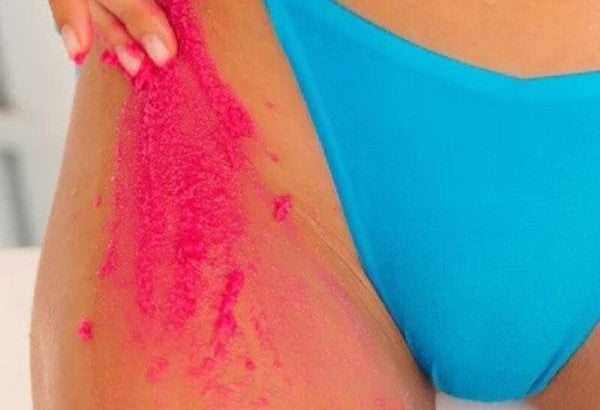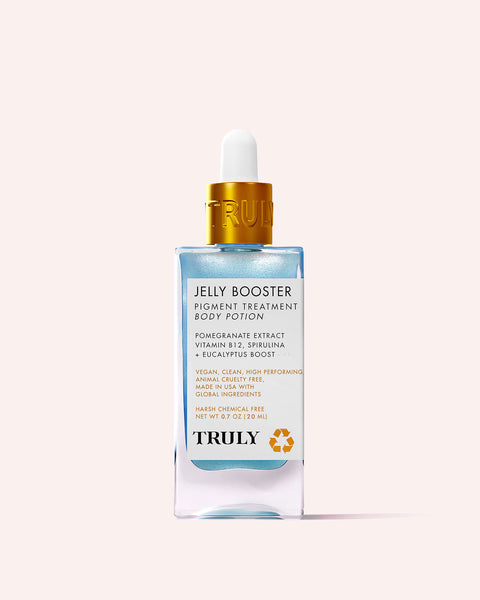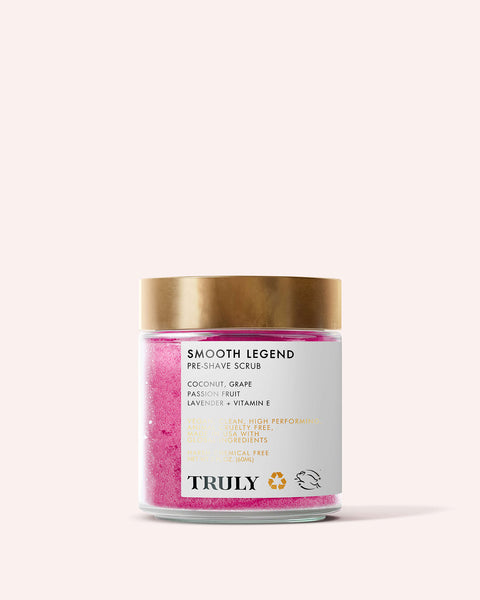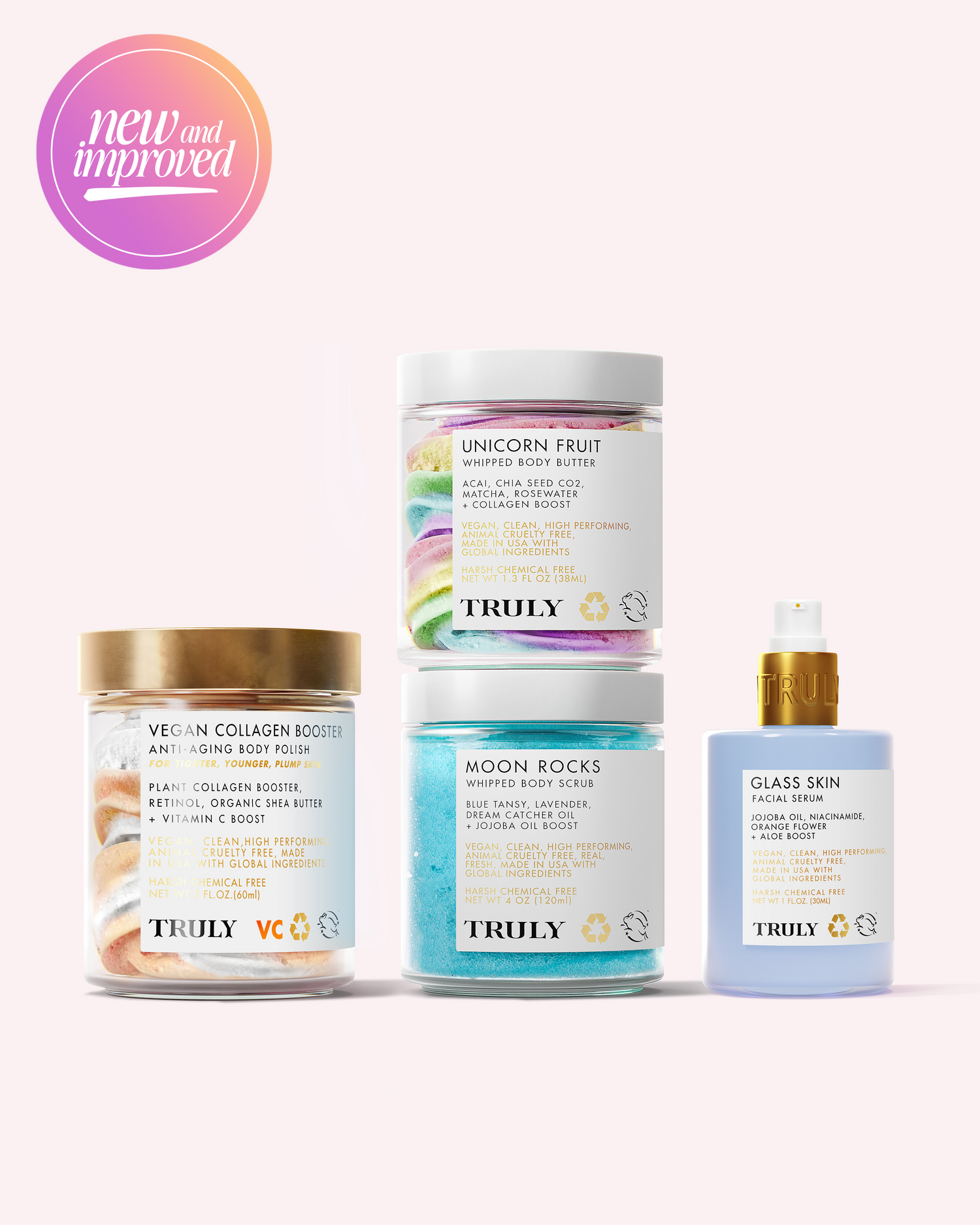How to Prevent Ingrown Hairs After Shaving

If your razor glides leave you red and bumpy, you might be wondering how to prevent ingrown hairs after shaving.
Ingrown hairs are a common yet extremely uncomfortable side effect of shaving. Treating ingrowns is definitely important, but learning how to prevent ingrowns in the first place is even better.
Below, find out why ingrowns happen, how to prevent ingrown hairs after shaving, and the best ingrown hair treatments.
What are Ingrown Hairs?
Ingrown hairs are small red bumps that appear after you shave. They occur when hair curls back on itself as it grows, re-entering the skin and leaving behind a painful red bump.
Why Do I Always Get Ingrown Hairs After Shaving?
Ingrown hairs are a common side effect of hair removal methods such as shaving, waxing, and tweezing. According to the American Academy of Dermatology (AAD), an ingrown hair begins growing in the hair follicle but curls inward and gets trapped back under the skin's surface. This often happens if you have thick, curly hair or if dead skin cells clog up your hair follicle, which can happen due to lack of exfoliation.
Ingrowns also often happen due to poor shaving techniques. If you're shaving with a dull razor, gliding over the same area again and again, or skipping shaving cream, these could all be reasons why you're getting ingrown hairs.
While ingrowns typically go away on their own, you can speed up the healing and recovery process with a few skincare steps. Most importantly, you can even prevent them from happening altogether. Scroll down to hear how to prevent ingrowns after shaving.
How to Prevent Ingrown Hairs After Shaving
Find yourself dealing with ingrown hairs time and time again? Here's how to prevent them.
Invest in a High Performing Shave Set
Ultimate Smooth Legend Shave Set
SHOP NOW
First things first, invest in a quality shaving kit that includes everything you need to get smooth without nicks, razor burns, and ingrown hairs. Post-shave redness and irritation just don't happen with Smooth Legend.
Truly's Ultimate Smooth Legend Shave Set features a pre-shave scrub, shave butter, after shave oil, razor, and vegan fur bag for an irresistibly smooth, ultra close shave every single time.
Start Your Shave With a Clean, Freshly Buffed Base
Exfoliating removes dead skin cells that trap ingrown hairs. That's why exfoliating before shaving is a game changer in your hair removal routine. You can either use a washcloth or products that contain a chemical exfoliant like lactic or glycolic acid. Alternatively, try a gentle body scrub to lift dead skin cells.
Exfoliation really is the best kept secret when it comes to how to prevent ingrown hairs after shaving.
Always Use Shaving Cream Before You Shave
Shaving dry hair creates sharp edges that are more likely to grow back into your skin, resulting in ingrowns. Always apply a hydrating shave cream or butter before you put razor to skin. Let it soak into your skin for a couple of minutes to soften the hair and skin.
Keep it Sharp
The problem with dull razors...you end up gliding over the skin multiple times. Not only is this time consuming. It also increases your risk of nicks, irritation, infections, and ingrowns. Be sure to swap out your razor after a few uses.
Shave in the Direction of Hair Growth
Shaving against the grain may give you a closer shave but it may also give you ingrown hairs. That's because shaving against the direction of hair growth makes it easier for your hair to curl back into your skin. Shave with the grain if you want to know how to prevent ingrown hairs after shaving.
Never Skip the Aftercare
Between the exfoliation and shaving, your skin goes through a lot during the hair removal process. For that reason, it's important to finish your shaving routine with nourishing, soothing aftercare products.
If you want to know how to get rid of ingrown hairs after shaving you'll need to use formulas enriched with tea tree oil, lavender, witch hazel, and vitamin E. These all boast antimicrobial, antibacterial, and anti-inflammatory properties that help to strengthen skin barrier function and cool irritated skin.
Shave Less
The more often you shave, the more prone to ingrowns you'll be. With regards to how to get rid of ingrown hairs after shaving, it's best to limit shaving to 2-3 times per week rather than every day to avoid irritating your skin. In between days, use hydrating, soothing skincare products to keep skin healthy and protected.
How to Treat Ingrown Hairs
Now you know how to prevent ingrown hairs after shaving, here's how to treat ingrowns.
#1: Apply a Warm Compress
First things first, you'll want to ease your suffering as soon as possible. Applying a warm compress to the affected area can soften and relax your skin, making you feel a lot more comfortable and the redness appear much less noticeable.
Simply soak a towel in warm water and squeeze out excess water. Then drape it over the affected area. Leave it on for a few minutes until your pain eases. Repeat several times a day until your ingrown hair goes away.
#2: Use an Ingrown Treatment
Cooka Routine
SHOP NOW
Ingrown treatments help to relieve the pain and discomfort associated with ingrown hairs. They also actively heal red bumps and ingrowns via antimicrobial ingredients like tea tree and lavender.
Truly's Cooka Routine features a Cooka Ingrown Concentrate + Cooka Oil, both of which feature ingredients like tea tree, lavender, jojoba oil, and primrose to heal active ingrowns. You can use them if you want to know how to prevent ingrown hairs after shaving.
#3: Exfoliate
Moon Rocks Whipped Body Scrub
SHOP NOW
Exfoliation is essential for removing dead skin cells and allowing trapped hairs to emerge. You can either use a soft washcloth or a body scrub for the job. Simply massage the area in a circular motions using your chosen product or tool. Do this for several minutes. For best results, repeat this process every day until your ingrown hair disappears.
You can also use an over-the-counter lotion or serum with a chemical exfoliant like salicylic acid, glycolic acid, or lactic acid, which help boost skin cell turnover. This can help get buff away dead skin cells that would keep the ingrown hair trapped under the skin for a longer period of time.
Truly's Moon Rocks Whipped Body Scrub is a sugar scrub enriched with jojoba oil, glycolic acid, and lavender to gently buff and soothe skin.
#4: Keep the Area Hydrated
Coco Cloud After Shave Serum
SHOP NOW
After spot treating that ingrown hair on your bikini line or armpit, follow up with a lightweight moisturizer. This will soothe and soften the affected area, providing instant relief.
Truly's Coco Cloud After Shave Serum contains cooling coconut milk, hydrating argan oil, and bacteria-fighting vanilla to quickly quell ingrowns and skin irritation while alleviating dry skin.
#5: Stop Shaving
When it comes to how to prevent ingrown hairs after shaving and how to remove them, try taking a break from shaving. Just until your ingrown heals, it's best to refrain from hair removal methods like shaving and waxing. Shaving can worsen your symptoms. You'll especially want to refrain from shaving for a few days if you have sensitive skin.
If you’re prone to ingrown hairs and can afford it, laser hair removal is an excellent alternative as it affects the hair follicles on a deeper level so that they do not grow back. Thus, you end up with less body hair or at least lighter, less coarse hair.
Speak to your dermatologist if you're considering laser therapy. If you have skin conditions like eczema, it may not be the best decision for you. They'll be able to give you advice on your best treatment options.
#6: Step Away From the Tweezers
Plucking out that pesky ingrown might be tempting, but try to resist!
It can cause some serious problems if done incorrectly, including infection and scarring. Dermatologists warn against it, insisting it's tricky to do with minimal risk for skin damage or infection. Leave it to the derms or a healthcare professional instead!
Preventing ingrown hairs is always easier than treating them. Provided that you follow the tips on how to prevent ingrown hairs after shaving, you can enjoy a silky smooth shave without razor bumps and burns every time.












